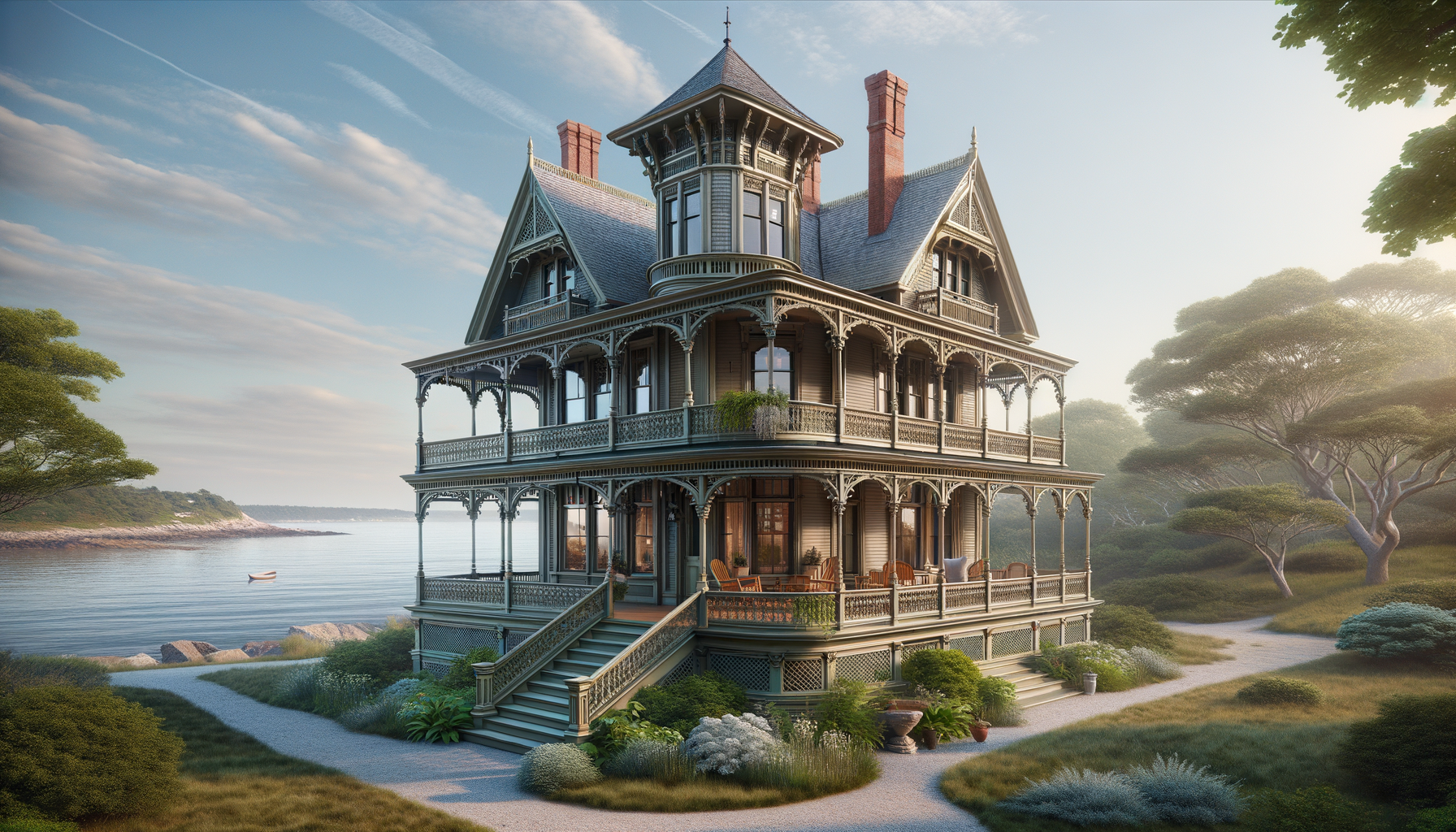The Timeless Appeal of Widow’s Walk Homes: History and Charm

Exploring the Charm of Widows’ Walk Houses
Widows’ walks are a distinctive architectural feature found in many historic homes, particularly those in coastal regions. These charming extensions offer both aesthetic appeal and practical benefits, making them a beloved element in residential design.
What is a Widows’ Walk?
A widow’s walk is a railed rooftop platform often attached to the house, typically found in New England coastal homes. While the name suggests a somber origin, these structures serve multiple purposes:
- Observation Point: Historically, they provided a vantage point to watch for ships and potential threats.
- Ventilation: They helped in ventilating the attic space, keeping the home cooler.
- Aesthetic Appeal: They add a picturesque element to the home’s silhouette against the skyline.
Architectural Significance
Widows’ walks are often associated with Victorian and Italianate architectural styles, showcasing intricate woodwork and ornate railings. Their presence can significantly enhance the historical value and character of a property.
Modern Adaptations
Today, widows’ walks are adapted to fit contemporary styles while preserving their classic charm. Modern materials and design techniques allow homeowners to incorporate these elements without compromising structural integrity.
“Widows’ walks are not just relics of the past; they are versatile features that continue to inspire modern architecture.”
- Design Integration: Seamlessly blending widows’ walks with current architectural trends.
- Material Enhancement: Using durable materials to ensure longevity and safety.
- Functional Upgrades: Incorporating lighting and safety features for modern usage.
Preserving Historic Widows’ Walks
Maintaining the integrity of historic widows’ walks involves regular upkeep and careful restoration. Homeowners should:
- Inspect for weather damage and wear.
- Use period-appropriate materials for repairs.
- Consult with preservation experts to maintain authenticity.
Conclusion
Widows’ walks are more than just architectural features; they are a testament to the rich history and enduring aesthetic of coastal homes. Whether preserved or modernized, they continue to captivate homeowners and visitors alike.